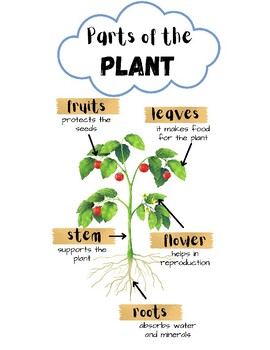Parts of a Plant Anchor Chart
- PPTX
Description
Use this parts of a plant anchor chart when learning about the six basic parts of a plant and their functions. This can be used in a whole group setting or given to students individually. It is currently sized to standard printer paper size but can be adjusted to meet your needs in powerpoint.
- TO RESIZE:
- Open powerpoint
- Click Design Tab
- Slide Size
- Page Set up
- Type in your desired size
- ENJOY
****************************************************************************************************************
Questions?
Feel free to send me a question through my store
Comments and Feedback
Leaving feedback awards you credits towards future purchases in all TPT stores! I appreciate your positive comments and 5 star ratings. If you have a concern with the product, please contact me before rating and I'm happy to help!
Thank you for your interest in my store
****************************************************************************************************************
Questions?
Feel free to send me a question through my store
Comments and Feedback
Leaving feedback awards you credits towards future purchases in all TPT stores! I appreciate your positive comments and 5 star ratings. If you have a concern with the product, please contact me before rating and I'm happy to help!
Thank you for your interest in my store


